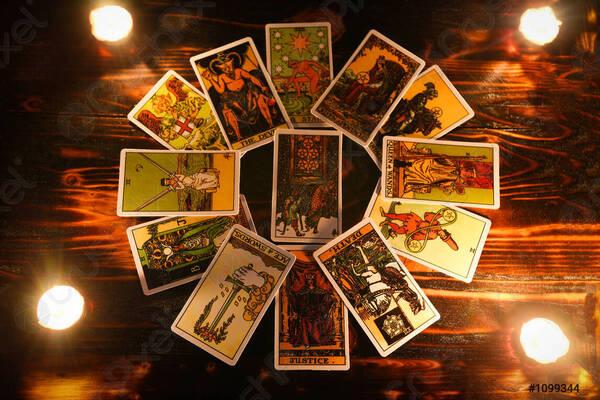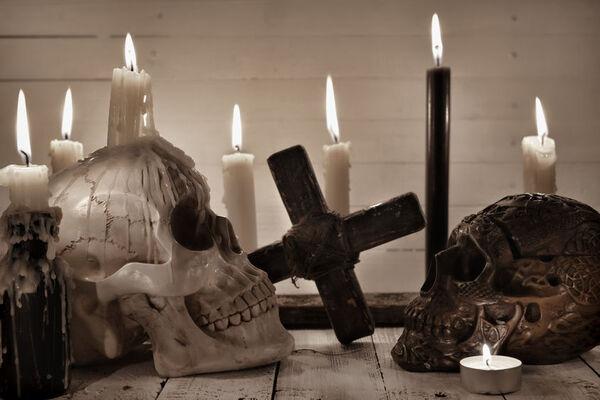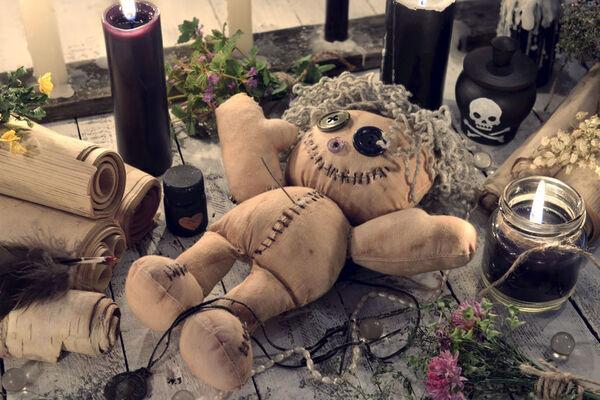Pelé
Pele : Hawaii’s fierce goddess of the volcano has been seen in ghostly form off and on for centuries. Pele, often called Madame Pele, appears on all the Hawaiian Islands but is seen most often on the island of Hawaii, where she makes her home at Halema’uma’u in Kilauea crater, one of the island’s highest peaks, located on the eastern side of Mauna Loa.
Various Polynesian myths explain the origins of Pele. In one, she came from a family of distinguished Hawaiian deities. Her original home was the island of Kauai, which she left for Mauna Loa. Once there, she dug until she found the molten center of the mountain, thus creating Kilauea crater. When the volcano is quiet, she lives in the crater and presides over a family of fire gods, but prior to eruption, she descends to warn islanders of the coming danger.
According to another myth, Pele originated in Tahiti, which she left to escape the wrath of her sister, whose husband Pele had seduced. Still another myth says she escaped a flood, while another claims she simply loves to wander. Her jealousy of her sister is the cause of the lava she sends streaming down Mauna Loa.
Pele is temperamental and passionate, and her wrath is easily sparked by the thoughtlessness or inappropriate behavior of humans. She especially does not like irreverence toward her sacred domain, the volcano, and punishes those who take away pieces of her domain, such as chunks of lava. These are her “children.” Her curse may be misfortune or even death. Less often, she is seen as generous and forgiving. Offerings of rocks, crystals, roasted chickens and her favourite, bottles of gin, are often left at Halema’uma’u and other volcanoes for her. The owner of Volcano House, an inn at the edge of Kilauea, reportedly is spared from destruction because the owner pours bottles of gin into the crater.
Pele appears in whatever form she wishes, from a young girl to an old and haggard woman. She may be hot or cool to the touch. Her hair may be red, black, white or silver. She often appears as a young, beautiful woman dressed in a brilliant red muumuu, accompanied by a small white dog. She is frequently spotted in the wee hours of the night, standing or walking along a lonely road. It is advisable to stop and offer her a lift, for to ignore her is to invite her wrath in the form of excessive death and destruction in the coming eruption.
The first recorded incident in which Pele appeared to a motorist on the island of Hawaii was in 1925. She was in the form of a feeble old woman who was walking along the roadside near Keei in the south Kona region. Two cars passed her without greeting or stopping. A third car, driven by a young Japanese man, came by. He was going to visit a family said to be descendants of Pele. He offered to give her a ride and she got in. Along the way they passed the two cars who had not stopped. Both were stalled on the side of the road. When the driver reached his destination, he told the old woman he would continue and take her directly to where she was going. Receiving no reply, he turned around and saw that the backseat was empty. The old woman simply had vanished.
Many similar stories involving Pele have been recorded. Sometimes she appears as a young girl. Sometimes she leaves behind proof of her identity: three long silver hairs. Sometimes she saves the lives of people who are kind enough to give her a ride by warning them of danger ahead on the road. These stories have the same motifs as the Phantom Hitchhiker URBAN LEGEND.
George Lycurgus, the owner of the Volcano House from 1904 to 1921, had numerous encounters with Pele. One evening soon after he had bought the Volcano House, he joined a group of people having a luau on the edge of Halema’uma’u. During the party he suddenly saw a skinny old woman with straggly, gray-white hair hanging down her back and a shawl around her shoulders. She was walking toward the edge of the pit, leaning on a stick. She was invited to join the party but declined. She told them she had work to do. She turned and walked toward the pit and then disappeared. People rushed to the edge, thinking she had fallen in, but no one was there. Soon thereafter the volcano began to violently erupt. Everyone got on their horses and quickly left the area.
Lycurgus said he had seen Pele during other eruptions. She had black hair and was dressed in a dark robe, and moved in and out of the flames. He believed that Pele spared his hotel from destruction by stopping the flames before they reached it.
Pele’s curse upon those who take away chunks of lava remains active in contemporary times. Each year more than 2,000 pounds of rocks are returned from all over the world to the Hawaii Volcanoes National Park by regretful souvenir-seekers. In letters, the tourists say they simply wanted a token and did not believe in Pele’s curse. After returning home, misfortunes and disasters, such as accidents, lost jobs, illness and so on, befell them. They associated their bad luck with the curse and were returning the rocks in the hopes of placating Pele and ending the curse.
The returning of rocks has been going on since the 1950s. The legend may have grown around stories concocted for the amusement of tourists. Nonetheless, the return of rocks is a real phenomenon. They present a problem for the park service, since they may contain bacteria, plant spores, and microbes not native to Hawaii. They must be sterilized before being returned to the soil.
FURTHER READING:
- Beckwith, Martha. Hawaiian Mythology. Honolulu: University of Hawaii Press, 1970. First published 1940.
- Ching, Linda, and Robin Stephens. Powerstones: Letters to a Goddess. Honolulu: Private Press, 1994.
- Grant, Glen. Obake Files: Ghostly Encounters in Supernatural Hawaii. Honolulu: Mutual Publishing, 1996.
The Encyclopedia of Ghosts and Spirits– Written by Rosemary Ellen Guiley – September 1, 2007










